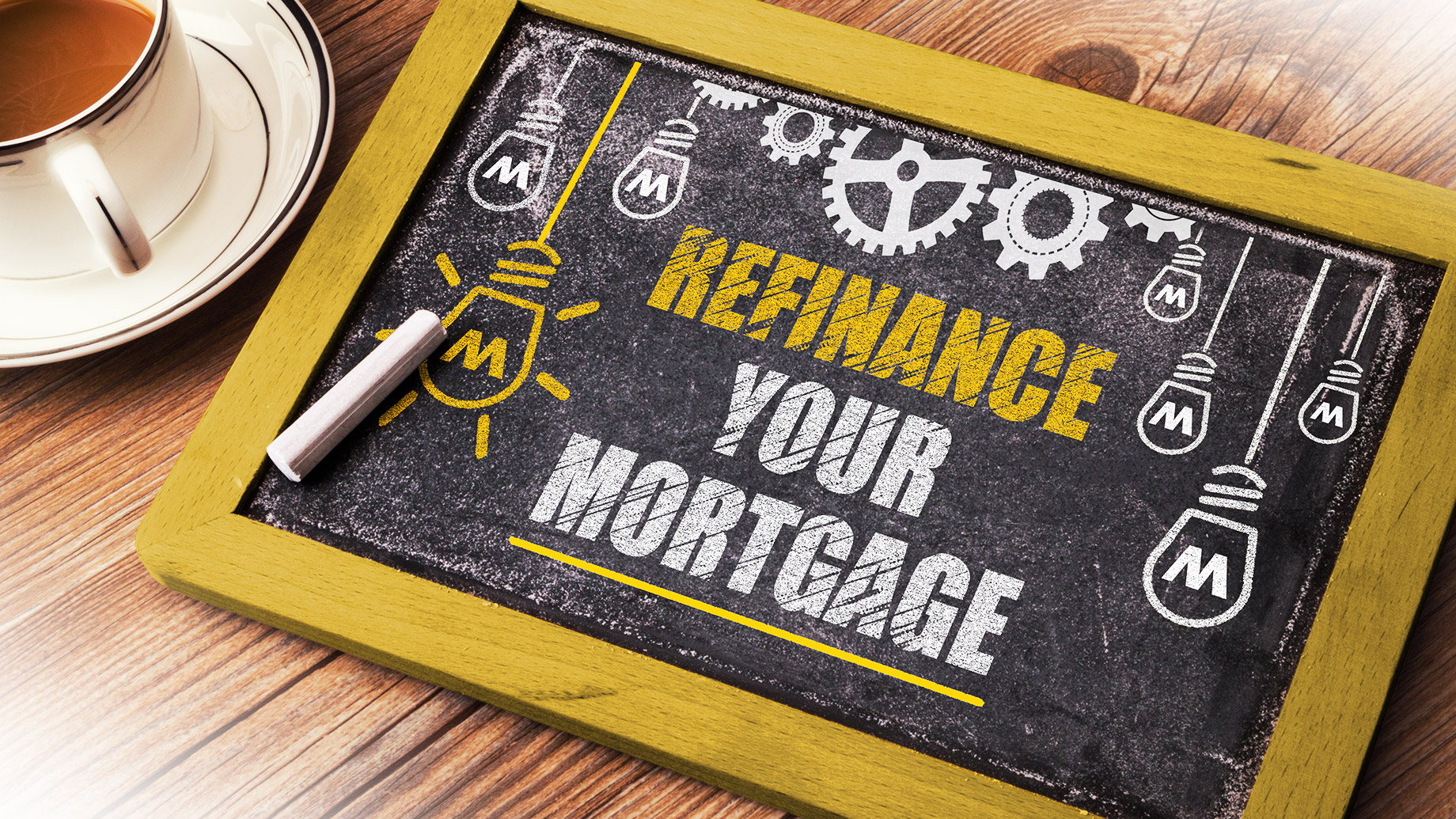
Although the purpose of refinancing a loan is to save money, it can even result in costing more if you do not make the right decision. If you are carrying a home loan, you must be clear when considering refinancing your mortgage.
Refinancing can involve saving money by availing lower interest on a new loan and reducing the loan’s tenure. A person can also switch over from floating rate or adjustable interest to fixed interest or tap into home equity to garner funds for meeting some financial emergency, consolidate debt or finance a large purchase.
Since refinancing means taking a fresh loan to substitute an existing loan, the process is the same as granting a new loan. It involves the same kind of appraisal, application fees, and title search and paying 3% to 6% of the principal amount of loan. You must get your arithmetic right to establish that you are making a correct and wise financial decision.
Refinancing to avail lower interest rate
Availing a lower interest rate on the existing loan is one of the prime reasons to opt for refinancing. Ideally, a reduction of interest rate by 2% should be the goal of refinancing, although many lenders say that saving 1% should be enough incentive to refinance a loan. Although saving money is the most visible benefit of lowering the interest rate and it reduces the monthly payments, another attractive aspect is that refinancing helps to speed up the process of building home equity. For example, if the monthly repayment for an existing loan of $100,000 @5.5% interest for 30 years is $568, then a reduction of 1.4% in the interest rate would bring down the monthly payment to $477.
Reduce the loan tenure
To take advantage of falling interest rates, homebuyers can seek refinancing to reduce the loan duration instead of lowering the monthly payment if they can continue with it comfortably. However, the reduction depends on the extent of lowering the interest, which must be pretty significant. For example, reducing the interest rate from 9% to 5.5% on a 30-year loan for $100,000 would reduce the duration to 15 years, with a monthly payment from $805 to $817. To reduce the term for a 30-year loan @5.5% interest on $100,000, if the interest rate falls to 3.5%, the monthly payment will go up to $715 from $568.
Changing the interest from ARM to fixed-rate and vice versa
Since saving money is the goal of refinancing, working out the advantages of switching over between ARM and fixed-rate interest can be a good option. It depends on the numbers and the outcome of the arithmetic at that point in time. Besides the instant or direct saving from interest, you should also consider your financial strategies in the long run to understand the overall cost saving.
Reading the financial market and interest rates correctly to understand which way the interest rates are moving is an essential factor to decide whether changing over from ARM to fixed-rate or vice versa will be beneficial for you.